As a former database manager of a junior exploration company, I have had the run-down of how data should be kept: a secret. The majority of mining data is proprietary and companies carefully guard this data for a variety of different reasons. One of these reasons is the sheer cost of obtaining this data. My company spent over $20 million in exploration and at the end of the day what remains valuable is the data. Another reason that data is guarded so carefully is that it needs to go through a careful vetting process before it can get released to the public. Geologists must qualify for professional designation before being eligible to release technical reports to the public, in Canada; those technical reports are referred to as 43-101s. This requirement is in place to stop market scandals and hold geologists accountable for their scientific integrity. I agree that geological data should be released to investors and the public with ethical standards. The last reason that mining data and methods are kept proprietary is to maintain an edge over competitors. Logically speaking, it does make sense to avoid leaking trade secrets, however, the world is a rapidly changing place and we should consider radically new approaches to one of the oldest industries.
Thinking Outside the Box
Crowdsourcing is the process of solving a problem by getting help from a very large global community. The largest telescope ever built will rely on crowdsourcing to analyze the massive amounts of data coming in. It will work in the same way as the SETI crowdsourcing program, which utilized volunteer’s idle computer power. Many thousands of individuals allowed their idle computers to be put to use to aid in space exploration. By providing idle processing-power, researchers were able to harness the equivalent power of many super-computers. This seems like a very high-tech way of solving problems, but this has been accomplished very effectively in the mining industry in the past.
More than fifteen years ago, the CEO of Goldcorp, Rob McEwen was facing some very difficult problems with the Red Lake Mine in Ontario. The mine was not producing enough gold and it was thought that the main deposits were much deeper underground, but it was a problem that stumped geologists. Then in 1999, Rob attended an MIT conference and heard a talk about Linux, a widely-used open-source operating system. Shortly after this talk, he was inspired to launch The Goldcorp Challenge in the spring of 2000. This challenge was directed globally to anyone who could come up with the best exploration techniques to find gold at Red Lake Mine for a grand prize of half a million dollars. Against all convention, he released all the proprietary data on the Red Lake Mine to the public. 400 megabytes of geological data covering 55,000 acres was released to the public that went as far back as the 1980s. This was a big risk for Goldcorp, they had just given up all their data in hopes that people would respond to the prize money.
Luckily, taking this risk paid off. This challenge created a worldwide buzz and a mixture of people from different educational and cultural backgrounds enrolled. The top five winning groups were awarded prize money and when drilling took place based on their predictions, all four target areas that were drilled literally struck gold. In total, the contestants identified 110 targets on Red Lake, 80% of which yielded gold. Since the challenge was initiated, over 8 million ounces of gold have been discovered at Red Lake.
Where We Stand
Times have been very tough for junior miners and exploration geologists in the last few years. I have not heard of any big changes in how we approach exploration. I question why the bigger companies have not taken any risk in solving the problems at hand. It appears to me that not taking any risk is an activity that is not actually risk-free. Many established and older industries have been displaced by the incoming wave of new technology. More information is becoming freely available every day in all fields of science. As of April 2014, half of all published scientific papers are available for free online. In 1994, only a quarter of all published papers were available for free. In terms of my personal experience, it doesn’t seem like half of papers are free and I battle with paywalls at every turn.
Within the mining industry, I definitely see a lack of sharing and I see data being lost around me because there is no robust system to keep it together. Every time a junior mining company goes under, information is lost. This effect is greatly magnified during recessions like the one we are on right now. Granted, we have a system of assessment reporting and that allows the government to maintain some historical records. These assessment reports get withheld from the public for a number of years, but eventually get released. Within our current culture of guarding information, often times, only the bare minimum information gets sent to out. Many mining record offices still require paper reports and only publish PDFs and accessing this data is a job in itself. In the future, I believe the data gathered by all public companies should be entered into a robust database system for easy access, export and usability. I have looked at historical reports and although it may be important to revisit and resample sites, some of this work is duplicated every time there is a mining boom. I am relatively new to this industry, but the problems we face are not new.

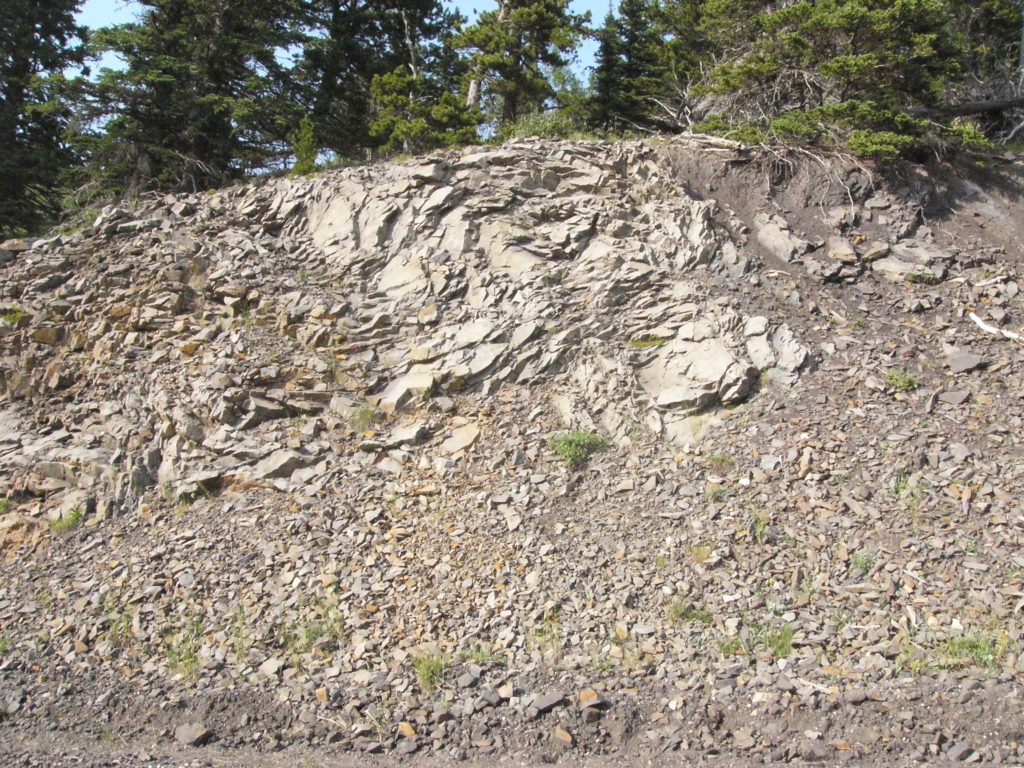
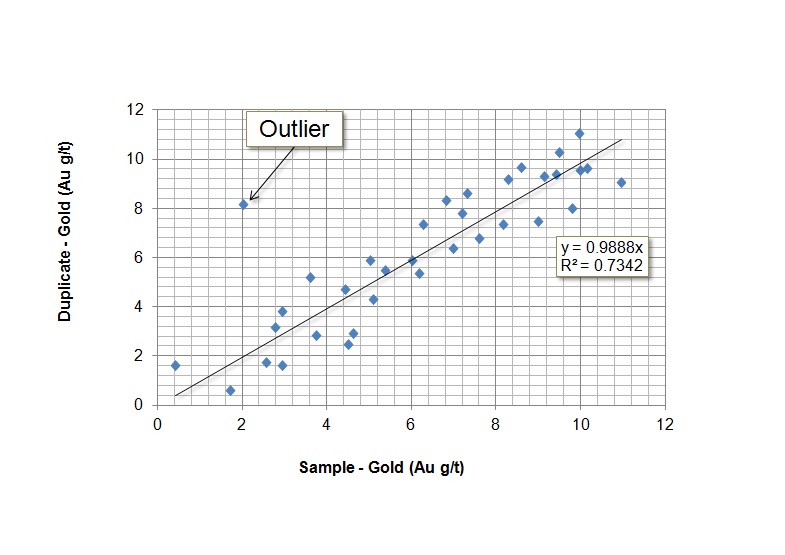
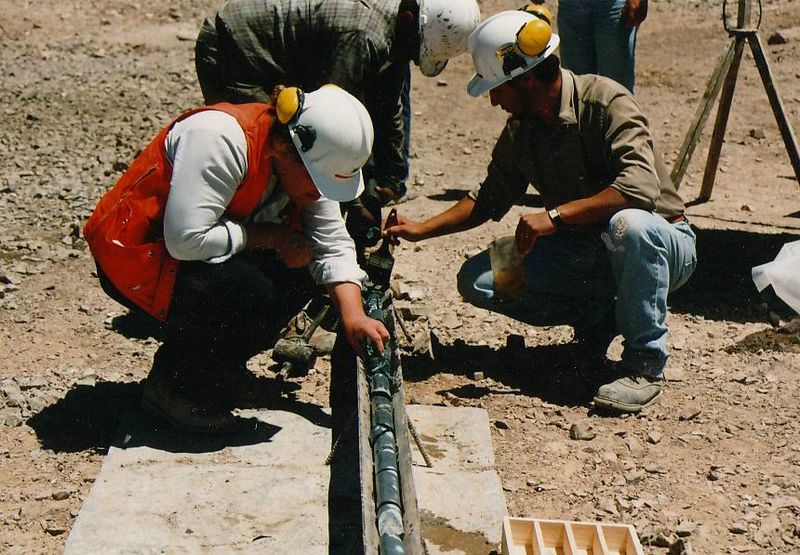
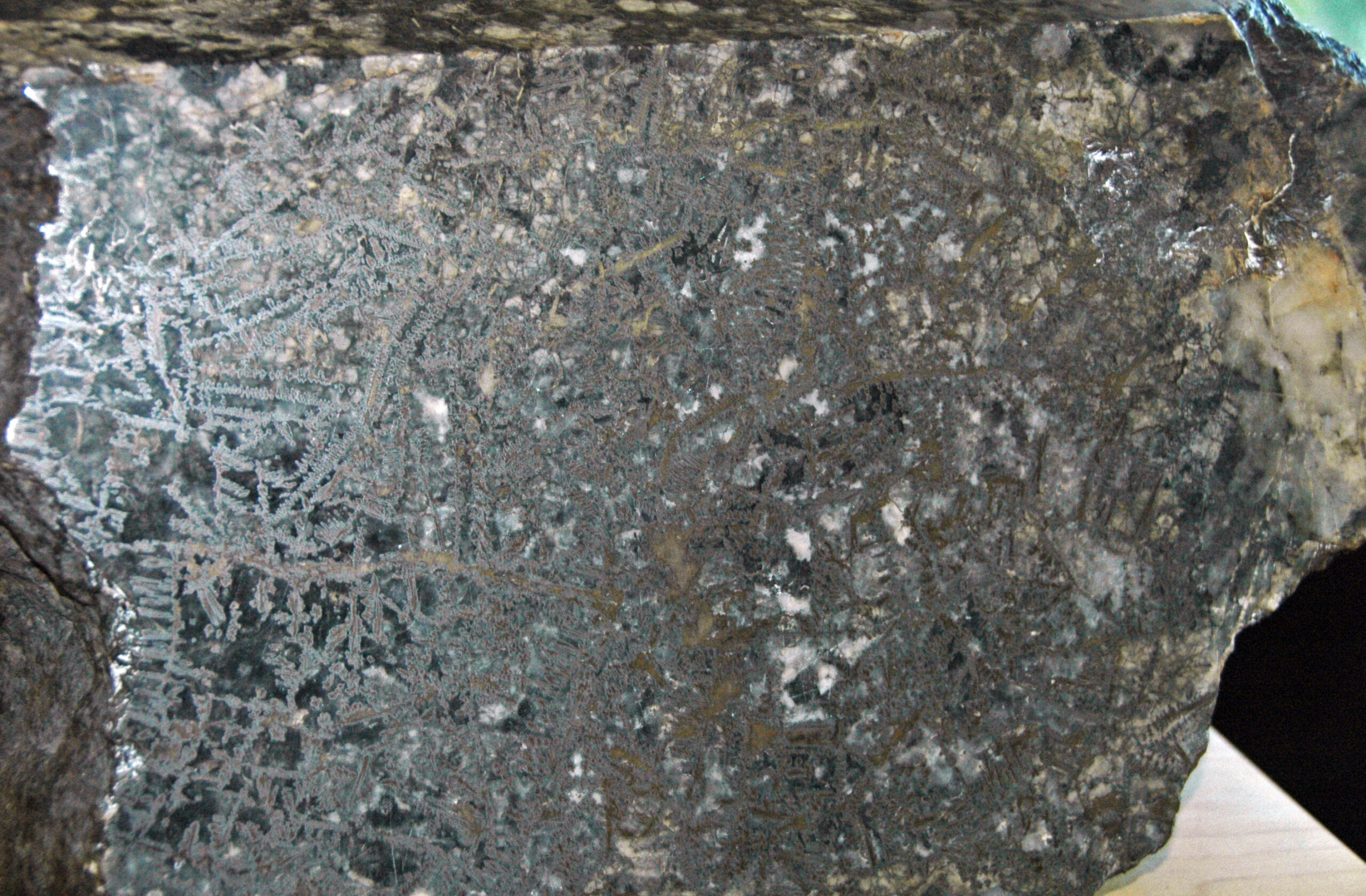
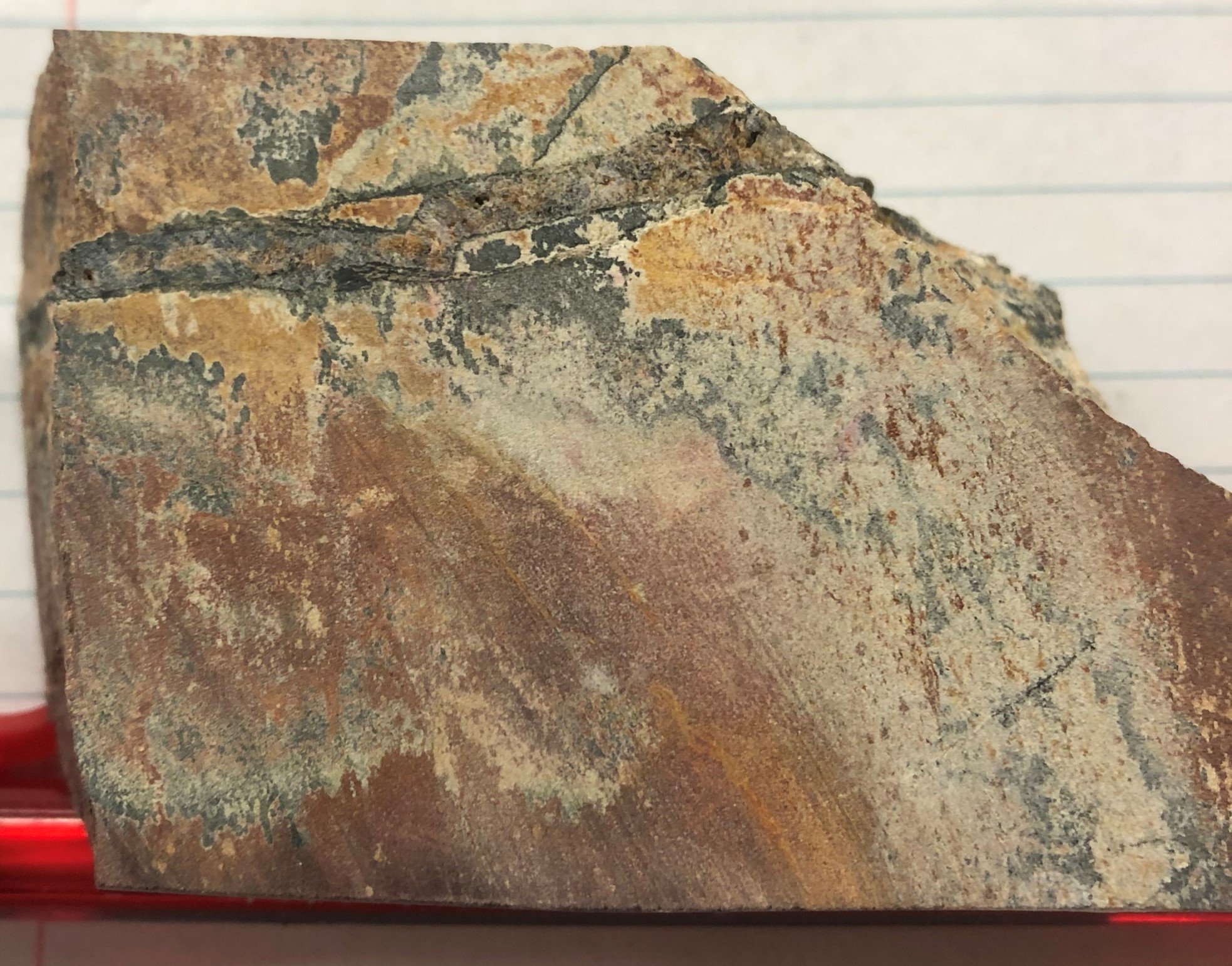
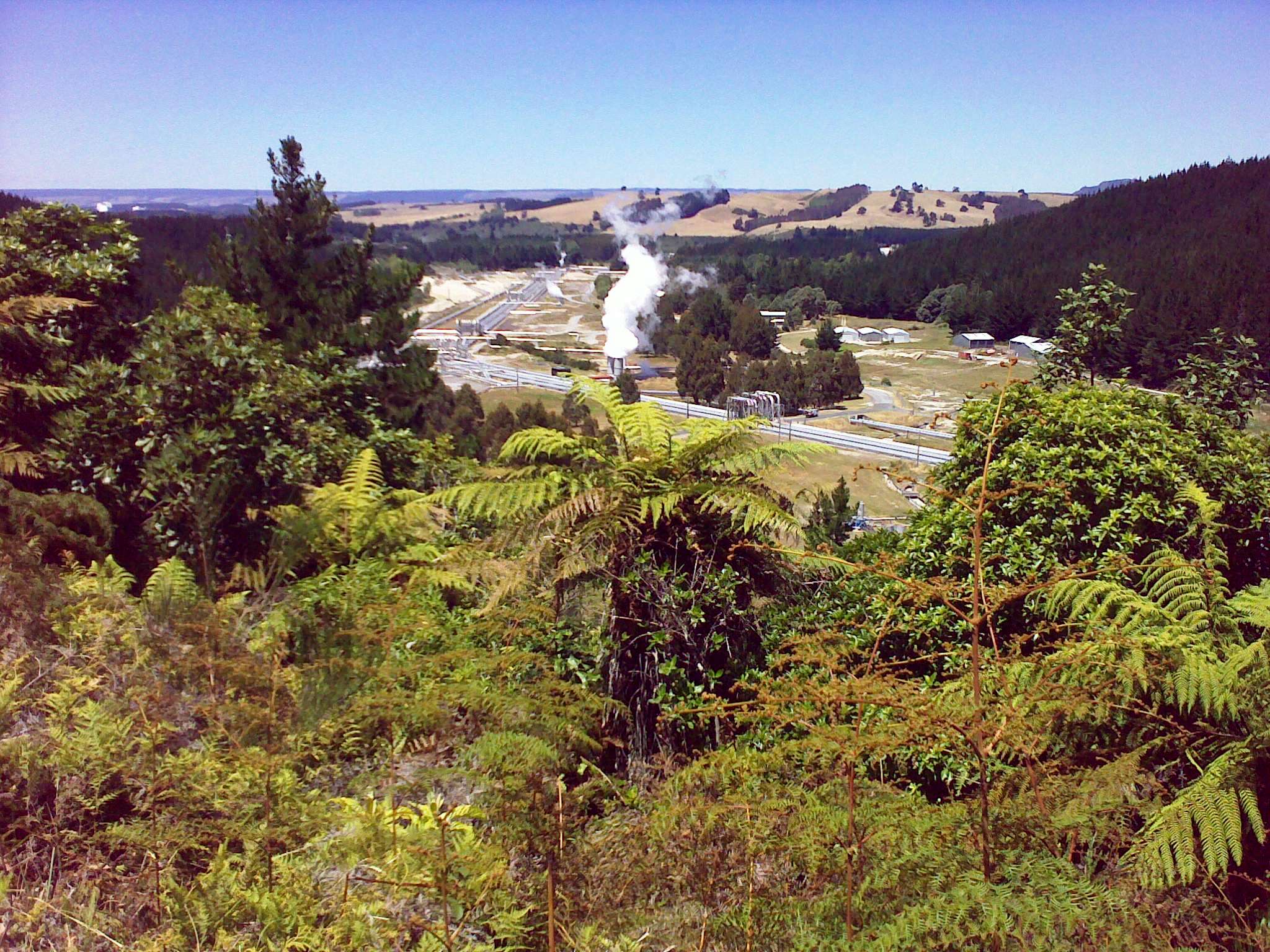



Open source solution seeking is a little like the “America’s Funniest Home Videos” approach.